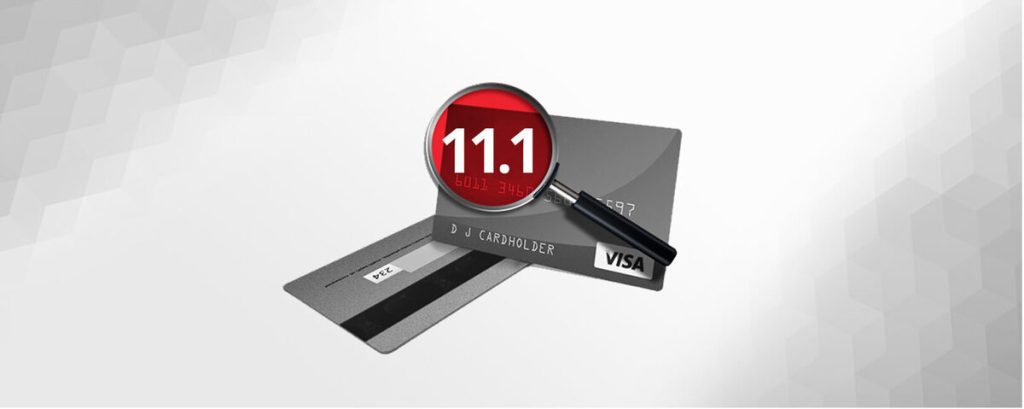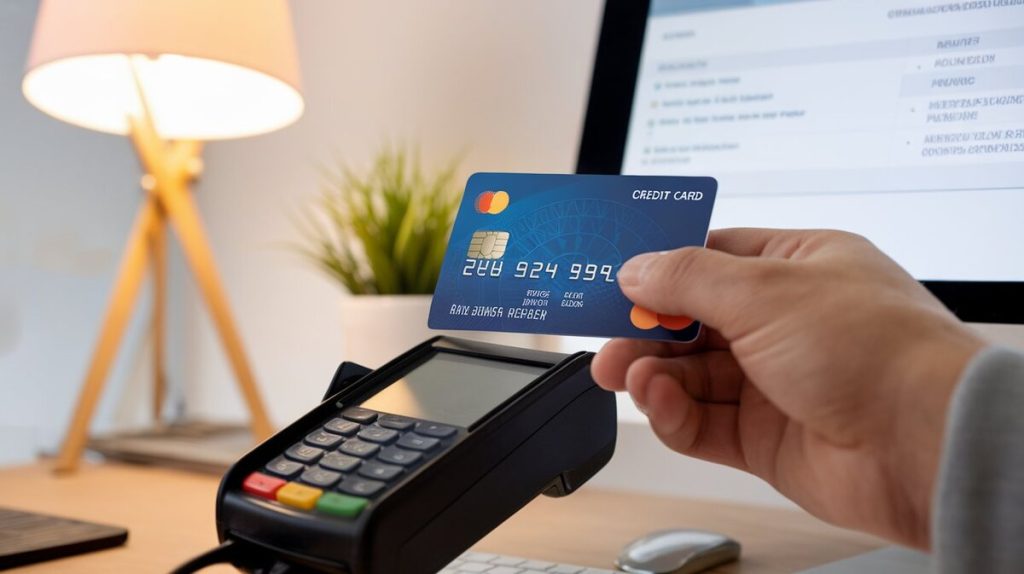Introduction to Card Recovery Bulletins
A Card Recovery Bulletin (CRB) is a list of credit cards reported as lost, stolen, or otherwise compromised. Distributed by companies like Visa and Mastercard, these bulletins help merchants avoid processing fraudulent transactions. Although largely replaced by digital systems, physical CRBs still play a role, especially for merchants without access to real-time fraud prevention tools.
CRBs remain relevant because Visa and Mastercard continue to report substantial fraud losses. According to Mastercard’s 2023 report, $2.9 billion in fraud was avoided due to tools like CRBs. This is particularly significant for merchants in regions without robust digital infrastructure.
How Card Recovery Bulletins Work
CRBs provide lists of compromised cards, and merchants, particularly those without digital access, consult these lists to prevent fraud. Here’s how CRBs are used:
- Consulting the bulletin: Merchants review the CRB for matches before processing transactions.
- Flagging compromised cards: If the card appears on the list, the merchant can refuse the transaction.
- Contacting card issuers: If necessary, merchants contact the card issuer for further verification.
Most merchants in developed markets use real-time POS systems, but physical bulletins remain critical for those in underdeveloped areas. According to Visa, physical bulletins continue to be distributed in regions with limited internet access.
Evolution of Card Recovery Bulletins
Originally, CRBs were printed and distributed to merchants worldwide. By 1984, Visa distributed over 1.7 million bulletins bi-weekly, covering millions of transactions. As EMV chip technology emerged, the need for paper CRBs declined. EMV chips have significantly reduced card-present fraud, dropping losses from $3.68 billion in 2015 to $2.91 billion in 2016 (Mastercard).
Today, digital tools largely replace CRBs. Visa’s real-time fraud detection systems continuously update merchant POS systems with compromised card data. However, in areas without access to these systems, CRBs remain vital.
Table 1: Key Milestones in Fraud Prevention
| Year | Event | Impact |
|---|---|---|
| 1980 | Visa introduces Card Recovery Bulletins | Helps merchants detect compromised cards |
| 1984 | Visa and Mastercard merge their bulletins | Increases efficiency in fraud prevention |
| 2015 | Adoption of EMV chip technology | Reduces card-present fraud |
| 2020s | Digital fraud detection systems become widespread | Further reduces need for physical CRBs |

Fraud Prevention Strategies and CRBs
CRBs are part of a larger fraud prevention strategy. Several other tools complement their use:
- Multi-factor Authentication (MFA): MFA reduces fraud by requiring multiple identity verification steps. Braintree, a leading payment processor, reports that MFA decreases fraud attempts by 30%.
- Machine Learning: Payment platforms like Stripe use machine learning to identify suspicious transactions. Stripe’s 2022 report indicates that their systems block 98% of fraudulent transactions in real-time.
- EMV Compliance: The implementation of EMV chip cards has significantly reduced card-present fraud. However, non-compliance remains an issue in certain regions, where merchants continue to rely on CRBs.
CRBs, while less prominent in developed markets, are crucial in regions without real-time POS systems. Merchants in these areas use them to protect themselves from chargebacks and fraud.
Merchanto.org, an official partner of Visa and Mastercard in chargeback prevention, offers tools to help merchants manage fraud more effectively. They provide consulting services and access to real-time fraud prevention systems. Visit Merchanto.org for more information.
E-commerce and CRBs
In e-commerce, CRBs still play a role, especially in card-not-present (CNP) transactions, which are common in online sales. While many e-commerce platforms rely on real-time digital fraud prevention tools, CRBs provide an additional layer of security.
Online merchants can integrate fraud detection systems that use CRB data to flag compromised cards. Checkout.com, for example, integrates CRB data into their payment processing to prevent fraud.
Table 2: CRBs in Different Industries
| Industry | Use of CRBs | Fraud Reduction |
|---|---|---|
| E-commerce | Integrated with payment gateways | Reduces CNP fraud |
| Hospitality | Used during booking processes | Reduces fraudulent bookings |
| Financial Services | Monitored against CRBs for suspicious activity | Early fraud detection |

Limitations of Card Recovery Bulletins
CRBs have limitations, particularly in areas with strong digital infrastructure:
- Real-time delays: Physical CRBs are updated less frequently than digital systems, making them less effective for detecting fraud immediately. According to Visa, paper CRBs are distributed every two weeks in certain regions, while digital systems update continuously.
- Merchant compliance: Smaller merchants without access to digital tools may struggle to fully implement CRB-based fraud prevention. Mastercard reported in 2021 that 30% of small businesses in certain regions are not compliant with EMV or other modern fraud prevention standards.
Despite these challenges, CRBs remain valuable in regions lacking robust digital access, particularly where merchants still rely on manual verification.
Conclusion
Card Recovery Bulletins remain a relevant tool in fraud prevention, particularly for merchants in regions with limited digital infrastructure. The evolution from physical bulletins to real-time digital fraud detection systems highlights the need for continuous innovation in fighting fraud.
Visa, Mastercard, and other payment platforms continue to support CRBs while also investing in technologies like EMV chips, machine learning, and biometrics to enhance fraud prevention efforts. As these technologies continue to spread globally, reliance on physical CRBs is expected to decline, but they will remain a critical resource in underdeveloped regions.
Looking ahead, the future of fraud prevention lies in adopting digital tools that work in tandem with CRBs. Modern systems like multi-factor authentication and machine learning offer significant advantages in detecting and preventing fraud. However, until global access to digital infrastructure is universal, CRBs will continue to serve their purpose.



